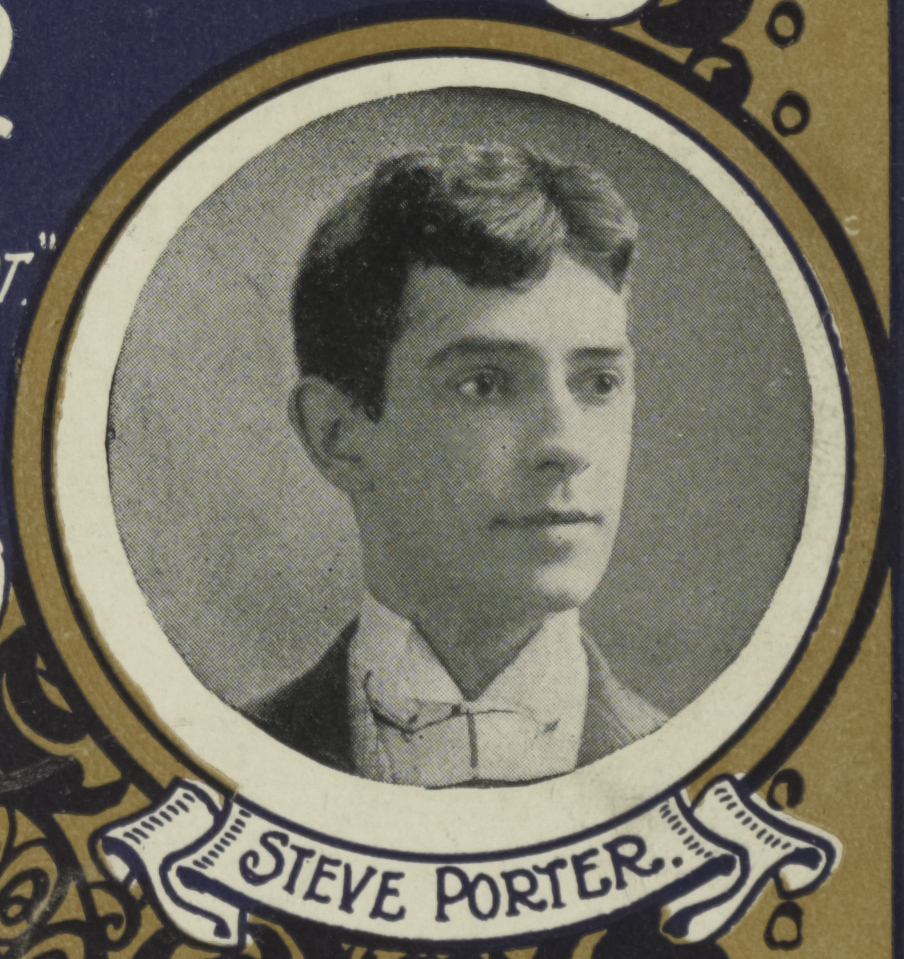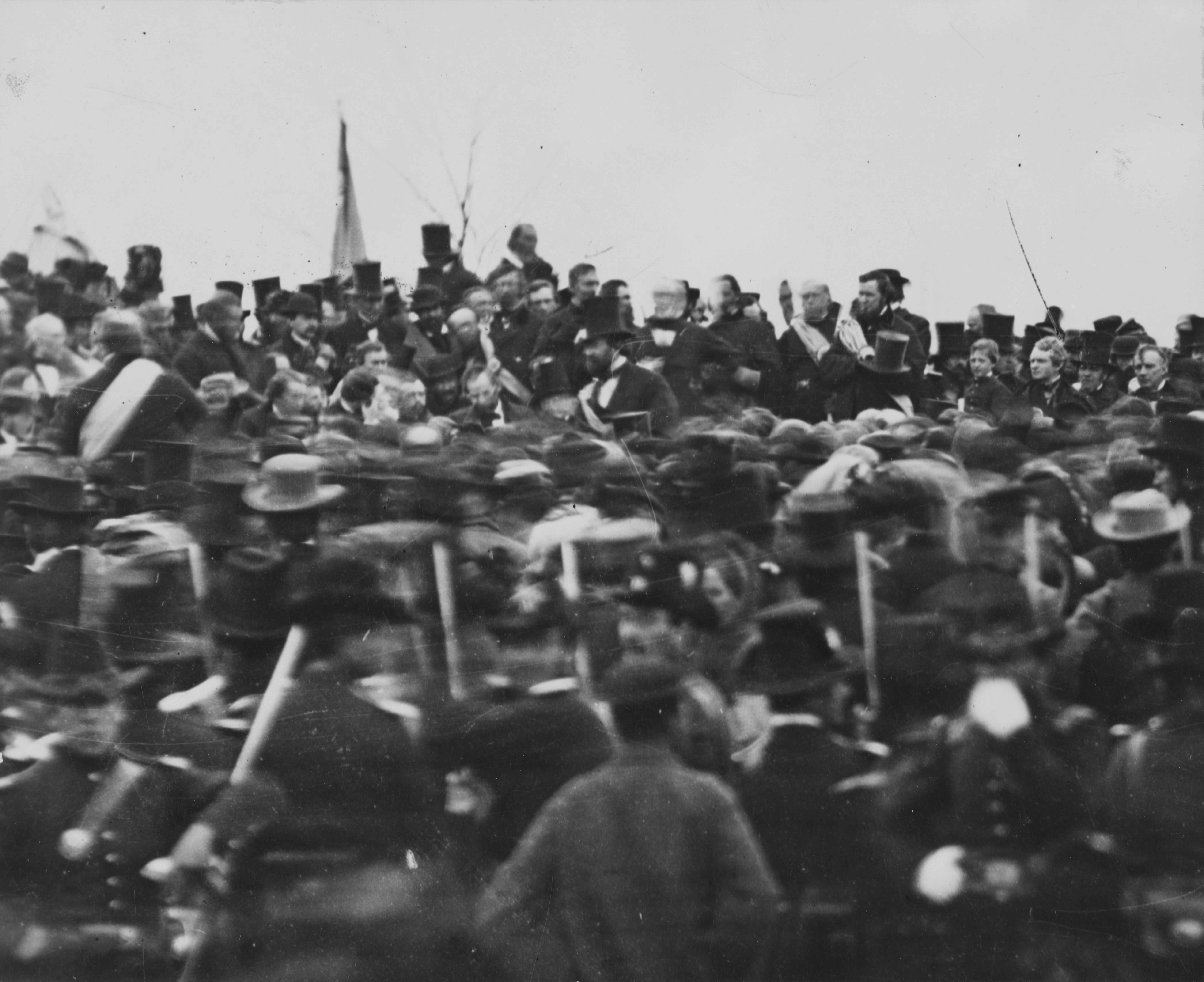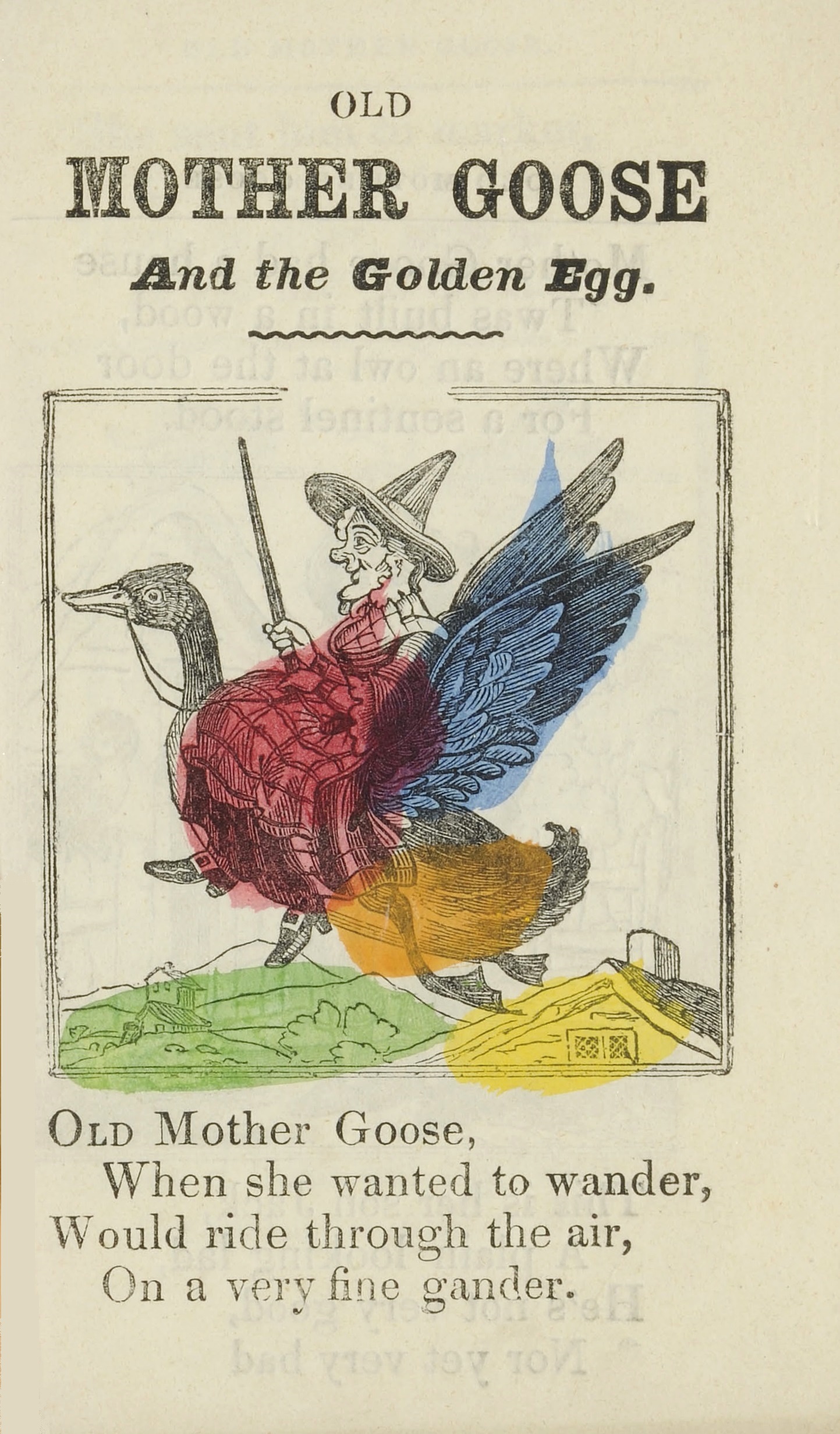|
William F. Hooley
William F. Hooley (16 April 1861 – 12 October 1918) was a British-born American bass singer and pioneer recording artist who was popular as a solo singer, as a monologist, and as a member of several of the most successful vocal groups of the early twentieth century, including The Haydn Quartet and The American Quartet. Biography Hooley was born in Whitechapel, London, England, to a family of Irish origin. Although his son claimed that William was born in Cork, Ireland, a suggestion repeated elsewhere, the claim is disproved by other evidence. He moved to the US as a child, and lived at first in Lynn, Massachusetts, later moving to Nyack, New York. Tim Gracyk, ''William F. Hooley - Bass Singer (Haydn Quartet and American Quartet)'' Gracyk.com, Retrieved 22 May 2013 ... [...More Info...] [...Related Items...] OR: [Wikipedia] [Google] [Baidu] |
Pseudonym
A pseudonym (; ) or alias () is a fictitious name that a person or group assumes for a particular purpose, which differs from their original or true name (orthonym). This also differs from a new name that entirely or legally replaces an individual's own. Many pseudonym holders use pseudonyms because they wish to remain anonymous, but anonymity is difficult to achieve and often fraught with legal issues. Scope Pseudonyms include stage names, user names, ring names, pen names, aliases, superhero or villain identities and code names, gamer identifications, and regnal names of emperors, popes, and other monarchs. In some cases, it may also include nicknames. Historically, they have sometimes taken the form of anagrams, Graecisms, and Latinisations. Pseudonyms should not be confused with new names that replace old ones and become the individual's full-time name. Pseudonyms are "part-time" names, used only in certain contexts – to provide a more clear-cut separation between o ... [...More Info...] [...Related Items...] OR: [Wikipedia] [Google] [Baidu] |
Steve Porter (singer)
Stephen Carl Porter (1864 – January 13, 1946) was an American pioneer recording artist, who recorded prolifically for numerous recording companies in the 1890s and early 1900s. He was also an entrepreneur who helped establish the recording industry in India in the early years of the twentieth century, and successfully marketed a new form of hearing aid. Biography He was born in New York City. In the 1890s he performed as a baritone singer in vaudeville, as a member of the Diamond Comedy Four with Albert Campbell, Jim Reynard, and Billy Jones, who worked as song pluggers in "Tin Pan Alley" for the music publishers Joe Stern and Edward B. Marks. Frank W. Hoffmann, ''Survey of Leading Acoustic Era Recording Artists'', Sam ... [...More Info...] [...Related Items...] OR: [Wikipedia] [Google] [Baidu] |
Billy Murray (singer)
William Thomas Murray (May 25, 1877 – August 17, 1954) was one of the most popular singers in the United States in the early 20th century. While he received star billing in vaudeville, he was best known for his prolific work in the recording studio, making records for almost every record label of the era. Life and career Billy Murray was born in Philadelphia, Pennsylvania, to Patrick and Julia (Kelleher) Murray, immigrants from County Kerry, Ireland. His parents moved to Denver, Colorado, in 1882, where he grew up. He became fascinated with the theater and joined a traveling vaudeville troupe in 1893. He also performed in minstrel shows early in his career. In 1897 Murray made his first recordings for Peter Bacigalupi, the owner of a phonograph company in San Francisco. As of 2010, none of Murray's cylinder records with Bacigalupi are known to have survived. In 1903, he started recording regularly in the New York City and New Jersey area, where major record companies in the U ... [...More Info...] [...Related Items...] OR: [Wikipedia] [Google] [Baidu] |
Estella Louise Mann
Estella Louise Mann (November 1, 1871 – August 20, 1947) was an American singer, recording artist, and record executive active in New York in the 1890s. She was one of the first women to make a living as a recording artist, and the first woman to run a record company. Biography Mann was born on November 1, 1871 in Nashville, Tennessee, to Eugene and Maria Mann. She studied vocal performance with Tino Mattioli at the College of Music of Cincinnati in the early 1890s, gaining a certificate in 1893 and a diploma in 1894. She toured briefly as a soloist with Sousa's Band then moved to New York City, New York to sing for concerts and opera. At the time, New York was the center of a boom of independent record companies supplying musical records for phonographs and graphophones, which were just beginning to be sold for home listening (rather than phonograph parlors). In early 1898 she and her singing partner John C. Havens formed the Lyric Phonograph Company. The company showc ... [...More Info...] [...Related Items...] OR: [Wikipedia] [Google] [Baidu] |
Fairy Stories
A fairy tale (alternative names include fairytale, fairy story, magic tale, or wonder tale) is a short story that belongs to the folklore genre. Such stories typically feature magic, enchantments, and mythical or fanciful beings. In most cultures, there is no clear line separating myth from folk or fairy tale; all these together form the literature of preliterate societies. Fairy tales may be distinguished from other folk narratives such as legends (which generally involve belief in the veracity of the events described) and explicit moral tales, including beast fables. In less technical contexts, the term is also used to describe something blessed with unusual happiness, as in "fairy-tale ending" (a happy ending) or "fairy-tale romance". Colloquially, the term "fairy tale" or "fairy story" can also mean any far-fetched story or tall tale; it is used especially of any story that not only is not true, but could not possibly be true. Legends are perceived as real within their ... [...More Info...] [...Related Items...] OR: [Wikipedia] [Google] [Baidu] |
Gettysburg Address
The Gettysburg Address is a Public speaking, speech that President of the United States, U.S. President Abraham Lincoln delivered during the American Civil War at the dedication of the Gettysburg National Cemetery, Soldiers' National Cemetery, now known as Gettysburg National Cemetery, in Gettysburg, Pennsylvania on the afternoon of November 19, 1863, four and a half months after the Union (American Civil War), Union armies defeated Confederate States of America, Confederate forces in the Battle of Gettysburg, the Civil War's deadliest battle. It remains one of the best known speeches in history of the United States, American history. Lincoln's carefully-crafted but brief address, which was not even scheduled as the day's primary speech, came to be seen as one of the greatest and most influential statements on the American national purpose. In just 271 words, beginning with the now famous phrase "Four 20 (number), score and seven years ago," referring to the signing of the U ... [...More Info...] [...Related Items...] OR: [Wikipedia] [Google] [Baidu] |
Cock Robin
"Who Killed Cock Robin" is an English nursery rhyme. It has a Roud Folk Song Index number of 494. Lyrics The earliest record of the rhyme is in ''Tommy Thumb's Pretty Song Book'', published in 1744, which noted only the first four verses. The extended version given below was not printed until c. 1770.I. Opie and P. Opie, ''The Oxford Dictionary of Nursery Rhymes'' (Oxford University Press, 1951, 2nd edn., 1997), pp. 130–3. :Who killed Cock Robin? :I, said the Sparrow, :with my bow and arrow, :I killed Cock Robin. : :Who saw him die? :I, said the Fly, :with my little teeny eye, :I saw him die. : :Who caught his blood? :I, said the Duck, :it was just my luck, :I caught his blood. : :Who'll make the shroud? :I, said the Beetle, :with my thread and needle, :I'll make the shroud. : :Who'll dig his grave? :I, said the Owl, :with my pick and trowel, :I'll dig his grave. : :Who'll be the parson? :I, said the Rook, :with my little book, :I'll be the parson. : :Who'll be the clerk? :I ... [...More Info...] [...Related Items...] OR: [Wikipedia] [Google] [Baidu] |
Mother Goose
The figure of Mother Goose is the imaginary author of a collection of French fairy tales and later of English nursery rhymes. As a character, she appeared in a song, the first stanza of which often functions now as a nursery rhyme. This, however, was dependent on a Christmas pantomime, a successor to which is still performed in the United Kingdom. The term's appearance in English dates back to the early 18th century, when Charles Perrault’s fairy tale collection, ''Contes de ma Mère l'Oye'', was first translated into English as ''Tales of My Mother Goose''. Later a compilation of English nursery rhymes, titled ''Mother Goose's Melody, or, Sonnets for the Cradle'', helped perpetuate the name both in Britain and the United States. The character Mother Goose's name was identified with English collections of stories and nursery rhymes popularised in the 17th century. English readers would already have been familiar with Mother Hubbard, a stock figure when Edmund Spenser pub ... [...More Info...] [...Related Items...] OR: [Wikipedia] [Google] [Baidu] |
The Sermon On The Mount
The Sermon on the Mount (anglicized from the Matthean Vulgate Latin section title: ) is a collection of sayings attributed to Jesus of Nazareth found in the Gospel of Matthew (chapters 5, 6, and 7). that emphasizes his moral teachings. It is the first of five discourses in the Gospel and has been one of the most widely quoted sections of the Gospels.. pages xi–xiv. Background and setting The Sermon on the Mount is placed relatively early in Matthew's portrayal of Jesus' ministry--following, in chapter 3, his baptism by John and, in chapter 4, his sojourn and temptation in the desert, his call of four disciples, and his early preaching in Galilee. The five discourses in the Gospel of Matthew are: the Sermon on the Mount (5-7), the discourse on discipleship (10), the discourse of parables (13), the discourse on the community of faith (18), and the discourse on future events (24-25). Also, like all the other "discourses," this one has Matthew's concluding statement (7: ... [...More Info...] [...Related Items...] OR: [Wikipedia] [Google] [Baidu] |
The Fortune Teller (operetta)
''The Fortune Teller'' is an operetta in three acts written by Victor Herbert, with a libretto by Harry B. Smith. After a brief tryout in Toronto, it premiered on Broadway on September 26, 1898 at Wallack's Theatre and ran for 40 performances. Star Alice Nielsen and many of the original company travelled to London where the piece opened at the Shaftesbury Theatre on April 9, 1901, running for 88 performances. It was revived in New York on November 4, 1929 at Jolson's 59th Street Theatre and ran for 16 performances. This was Herbert's sixth operetta, which he wrote for Nielsen and her new Alice Nielsen Opera Company. Nielsen, having earned widespread praise in ''The Serenade'', requested and received not one but three roles in ''The Fortune Teller''. The story is set in Hungary and involves Irma, an heiress from Budapest, who is studying for the ballet. Irma is in love with a young Hussar captain but is being forced to marry the silly Count Barezowski. When Musette, a gypsy fortu ... [...More Info...] [...Related Items...] OR: [Wikipedia] [Google] [Baidu] |
Broadway Theatre
Broadway theatre,Although ''theater'' is generally the spelling for this common noun in the United States (see American and British English spelling differences), 130 of the 144 extant and extinct Broadway venues use (used) the spelling ''Theatre'' as the proper noun in their names (12 others used neither), with many performers and trade groups for live dramatic presentations also using the spelling ''theatre''. or Broadway, are the theatrical performances presented in the 41 professional theatres, each with 500 or more seats, located in the Theater District and the Lincoln Center along Broadway, in Midtown Manhattan, New York City. Broadway and London's West End together represent the highest commercial level of live theater in the English-speaking world. While the thoroughfare is eponymous with the district and its collection of 41 theaters, and it is also closely identified with Times Square, only three of the theaters are located on Broadway itself (namely the Broadwa ... [...More Info...] [...Related Items...] OR: [Wikipedia] [Google] [Baidu] |









